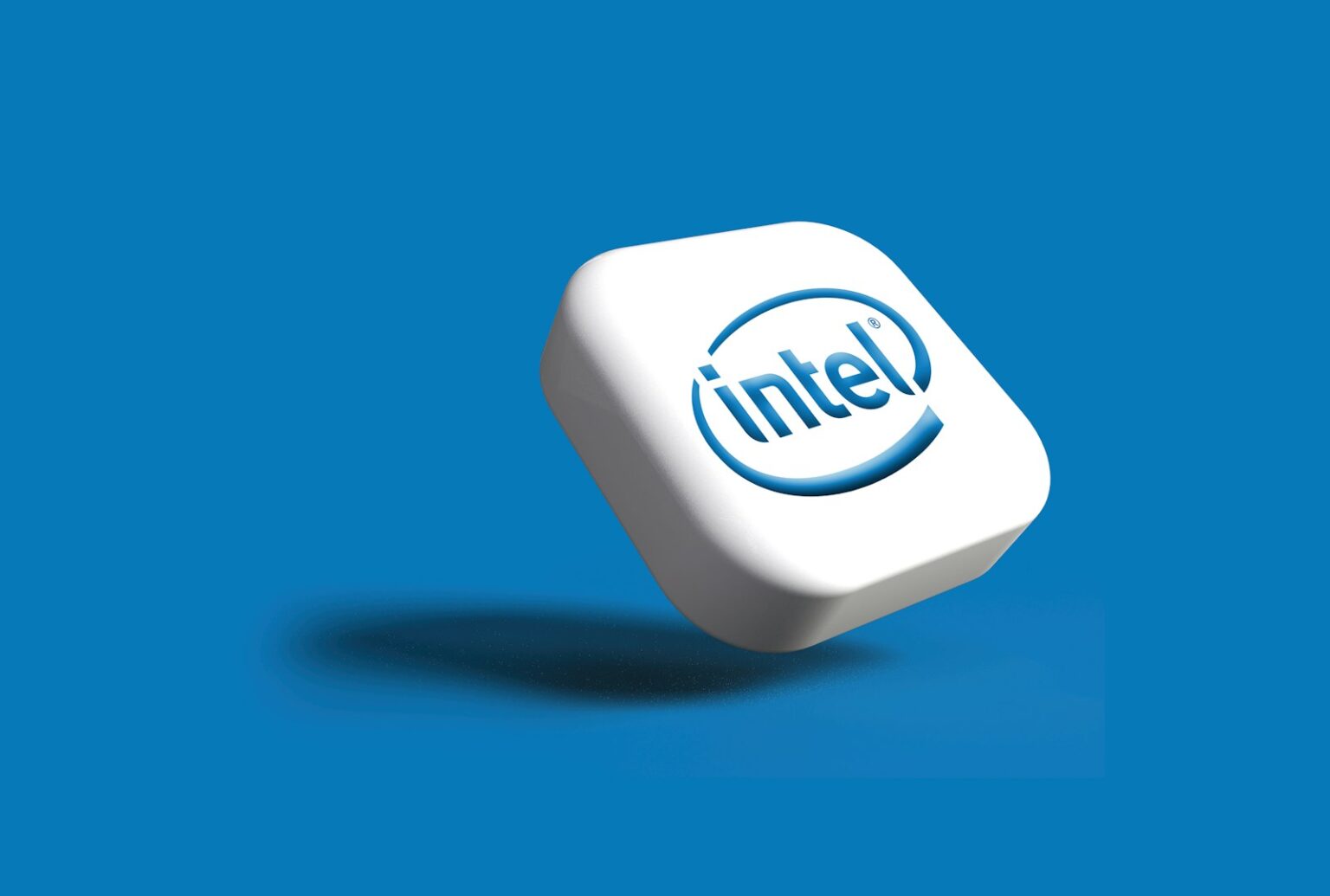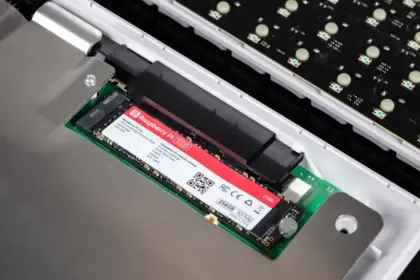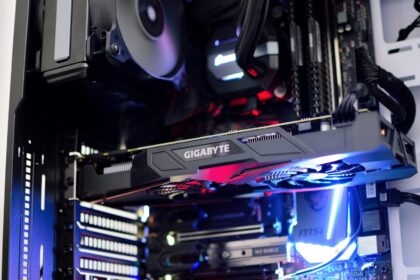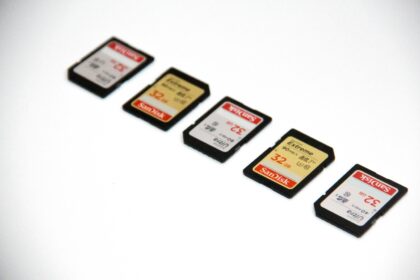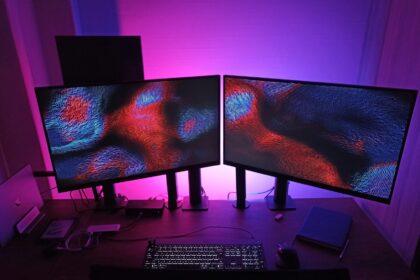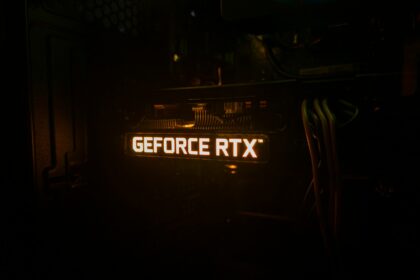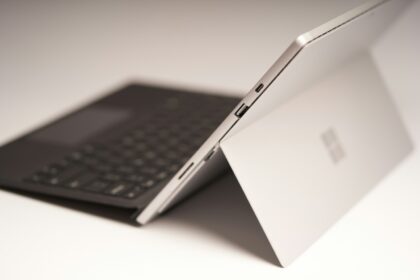Intel just made a huge announcement about Arc drivers that affects millions of PC users. Starting September 19, 2025, the company moved integrated graphics for 11th through 14th generation CPUs to legacy support. But there’s also massive good news for Arc GPU owners. Intel finally fixed the notorious CPU overhead problem that plagued Arc cards since launch.
This means gamers with older systems can now see performance jumps of up to 36% in popular titles like Cyberpunk 2077. The fix essentially erases the performance penalty that made Arc cards underperform on budget CPUs.
Legacy support hits recent Intel CPUs hard
Intel’s legacy support announcement affects every desktop CPU from 2020 to 2023. This includes:
- 11th Gen Rocket Lake processors
- 12th Gen Alder Lake processors
- 13th Gen Raptor Lake processors
- 14th Gen Raptor Lake Refresh processors
These CPUs will no longer get day-zero game support or new features. Instead, Intel will provide quarterly updates focused only on critical security fixes. This is a blunt cutoff, especially since 14th Gen Core CPUs only launched in late 2023.
Intel’s reasoning is clear. The integrated graphics in these processors were never strong gaming options. The company wants users to look at its Arc discrete GPUs instead.
The CPU overhead nightmare is finally over
Since Arc GPUs launched, they suffered from a terrible “CPU overhead” problem. When paired with slower processors like AMD’s Ryzen 5 2600 or even the popular Ryzen 5 5600, Arc cards left significant performance on the table compared to Radeon and GeForce rivals.
This meant budget gamers – the very audience Arc was aimed at – got a raw deal. Arc cards would fall 20-30% behind where they should have been, even in CPU-limited situations, simply due to driver inefficiencies.
Hardware Unboxed exposed this issue in their testing. They found Arc cards performing much worse than expected on slower CPUs. Intel publicly admitted to the problem back in spring 2025, promising a fix.
Massive performance gains arrive with driver 7028
Intel delivered on its promise with driver version 7028, released in late August 2025. Hardware Unboxed’s latest testing reveals incredible improvements. Performance on the Ryzen 5 5600 jumped by as much as 36% overnight in titles like Cyberpunk 2077.
This shift closed the gap with AMD’s Radeon RX 7600, effectively erasing the overhead penalty on mid-range CPUs in that game. For anyone on a three-year-old CPU or newer, the problem is largely gone in the majority of tested games.
Steve from Hardware Unboxed confirmed the fix after contacting Intel’s Arc team. “The Arc team had rolled out some game specific optimizations which will help with performance when using older generation processors,” he reported. “These optimizations were first rolled out with driver version 7028.”
Arc B580 becomes a real contender
With the CPU overhead issue largely resolved, the Arc B580 now looks far more competitive at its $250 price point. The card packs 12GB of VRAM compared to the 8GB standard on rival cards from NVIDIA and AMD.
In Marvel Spider-Man Remastered, which received specific optimizations, the CPU overhead problem is now far less of an issue. For most gamers, it’s essentially a non-issue.
One Intel Arc team member noted that they specifically targeted games that Hardware Unboxed had previously highlighted as problematic. This explains why Marvel Spider-Man Remastered was fixed and optimizations appeared for Cyberpunk 2077.
Current Arc products get full attention
Intel’s message is crystal clear: the company is pruning back driver commitments where it doesn’t see constant iteration needs while redoubling efforts on Arc.
Current Arc products like the Battlemage B580 and B570 continue to receive full driver attention. This includes ongoing feature updates and optimizations. Intel is drawing a hard line: integrated graphics are “good enough” for desktop basics, but gaming support is focused on Arc.
The Arc Pro B580 and B570 cards are getting rave reviews from professional users. These cards continue to receive monthly graphics driver updates with day-zero game support.
The technical breakthrough explained
For nine months, most people assumed the CPU overhead issue was unfixable – a fundamental hardware design problem. While that may still be partially true, it’s now evident that Intel can mitigate the effects through driver optimizations.
The overhead problem isn’t completely solved for Arc. But in games that received specific optimizations, the CPU overhead problem is now far less of a concern.
“Pretty much problem solved, I would say,” noted Hardware Unboxed’s Steve Burke. “It’s really impressive how active the Arc Driver team has been this year.”
Real-world performance improvements
The improvements show up dramatically in real-world testing. Before the fix, Arc B580 cards would significantly underperform on systems with Ryzen 5 5600 processors compared to systems with high-end CPUs like the 9800X3D.
After driver 7028, the performance gap narrowed dramatically. Arc cards now perform much closer to their expected levels even on mid-range CPUs.
This is huge news for budget builders who want to pair an Arc B580 with affordable processors. The card can now deliver its full potential without requiring an expensive CPU upgrade.
What this means for PC builders
For budget gamers, this changes everything about Arc recommendations. Previously, you needed a high-end CPU to get good performance from Arc cards. Now, mainstream processors work just fine.
The Ryzen 5 5600, a very popular budget gaming CPU, can now properly utilize Arc B580’s performance. This makes Arc a much more attractive option for budget gaming builds.
Intel’s renewed focus on Arc comes at the perfect time. With GPU prices remaining high, a $250 graphics card with 12GB of VRAM and strong 1080p performance fills an important gap in the market.
Looking ahead for Arc
Intel’s driver team still has work to do – the overhead issue isn’t gone everywhere. But Arc is really starting to feel less like a risky experiment and more like a serious competitor in the graphics market.
Intel told press that it remains committed to its current roadmap. This means we’re almost certainly going to see Xe3 “Celestial” discrete GPUs in the future. Here’s hoping Intel doesn’t kill the Arc brand after that generation.
The combination of legacy support for older integrated graphics and renewed focus on Arc discrete GPUs sends a clear message. Intel wants to be taken seriously as a GPU maker, and these changes show the company is willing to make tough decisions to get there.


